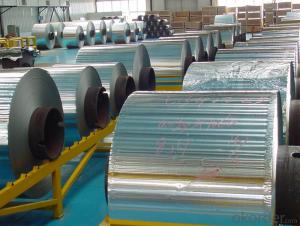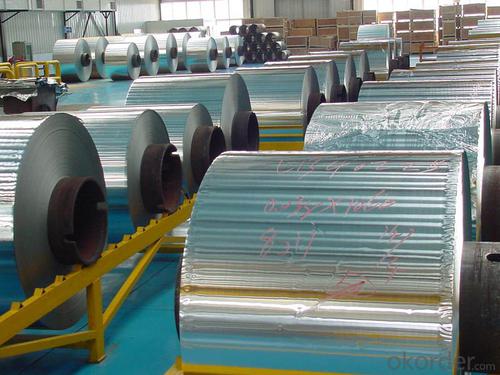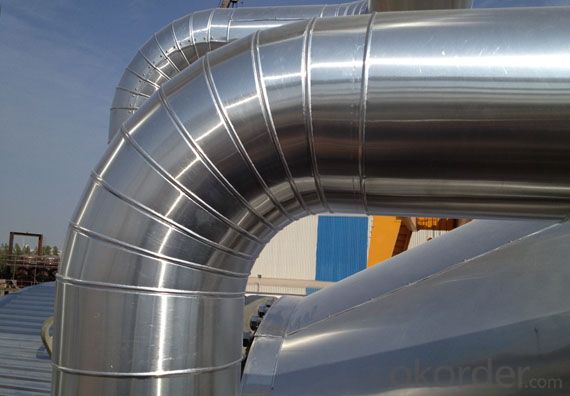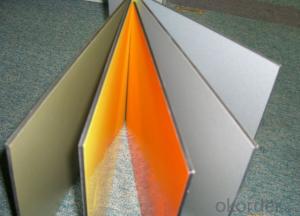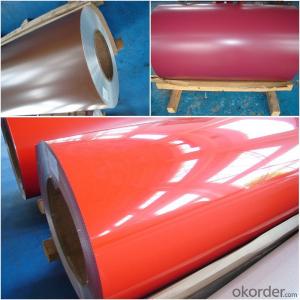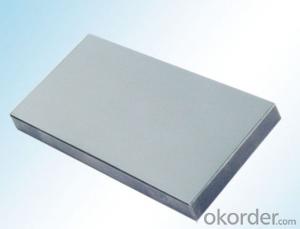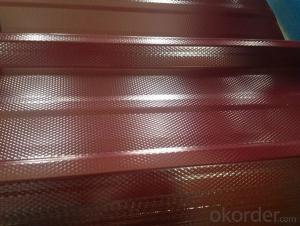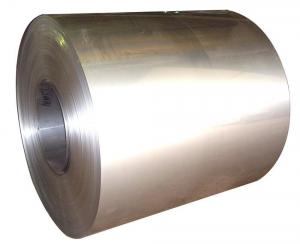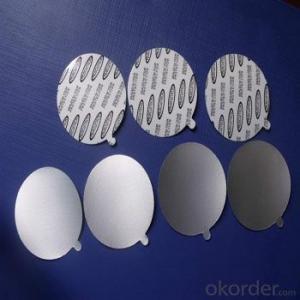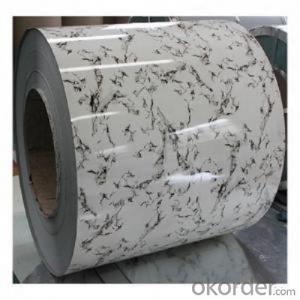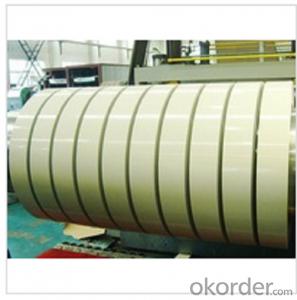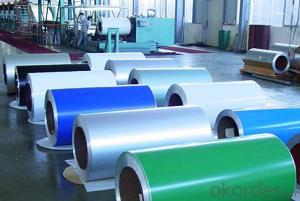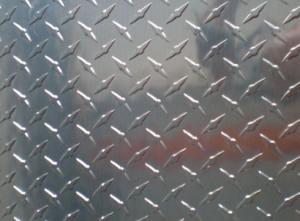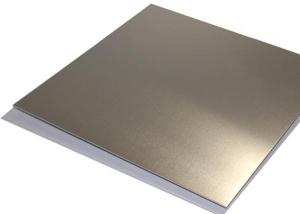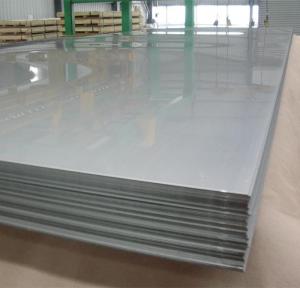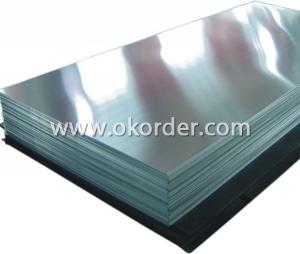Aluminum Sheets for Roofing - Aluminum Coils 3003 for Insulation and Cladding of Oil & Gas Pipes
- Loading Port:
- Shanghai
- Payment Terms:
- TT OR LC
- Min Order Qty:
- 25 m.t.
- Supply Capability:
- 20000 m.t./month
OKorder Service Pledge
OKorder Financial Service
You Might Also Like
1.Structure of Aluminum Coils 3003 For Cladding Description
Aluminum Coils 3003 has great ductility, heat conductivity, anti-corrosion and moisture resistance properties.
Aluminum Coils 3003 is widely used for insulation and cladding of oil & gas pipes.
2.Main Features of the Aluminum Coils 3003
• Superior quality of raw material
• Reasonable and stable chemical composition
• Accurate tolerance
• Good mechanical property
3. Aluminum Coils 3003
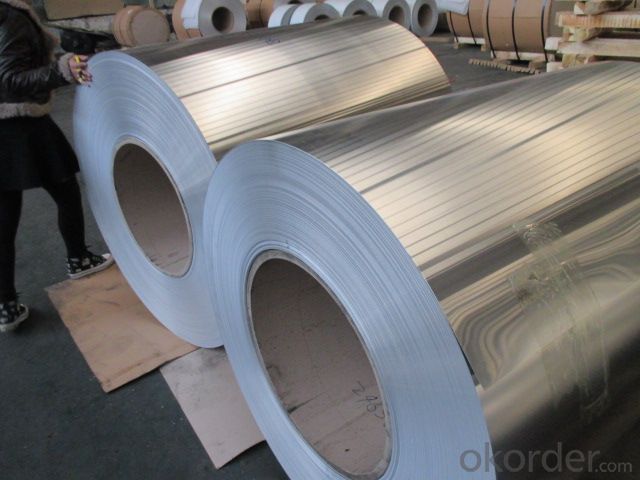
4. Aluminum Coils 3003 Specification
Alloy | AA3003 |
Temper | H14, H16, H18, H22, H24, H26, H32, O/F |
Thickness | 0.2mm -- 100mm |
Width | 30mm -- 1700mm |
Standard | GB/T 3880-2006,EN,ASTM,JIS |
5. FAQ of Aluminum Coils 3003
A.How to guarantee the quality?
Customers are welcome to our mill to visit and check the products. Besides, we can arrange a third party to test the quality.
B.When will you deliver the products?
The aluminum will be delivered within 35 days after receiving advanced payment or original L/C.
C. Now which countries do you export your goods?
Now we export to South East Asia,Africa, North America,South America ect.
- Q: How do aluminum sheets perform in terms of vibration damping?
- Aluminum sheets have relatively low inherent damping properties, meaning they do not effectively dissipate vibrations on their own. However, when combined with suitable damping materials, such as rubber or viscoelastic polymers, aluminum sheets can provide improved vibration damping capabilities.
- Q: What is the dielectric strength of aluminum sheets?
- The dielectric strength of aluminum sheets is typically around 20-30 kilovolts per millimeter (kV/mm).
- Q: Is it possible to use aluminum sheets as a material for the exterior walls of a building?
- <p>Yes, aluminum sheets can be used for exterior walls. They are lightweight, durable, and resistant to weathering and corrosion, making them suitable for facades. Aluminum sheets can be easily shaped and offer design flexibility. They also have good thermal properties and can be coated or finished in various ways to enhance their appearance and performance. However, they may not provide the same insulation as traditional materials, so additional insulation may be required.</p>
- Q: What are the primary components that make up aluminum sheets?
- <p>Aluminum sheets are primarily composed of aluminum, which is a lightweight and malleable metal. They are made from pure aluminum or aluminum alloys, which may include small percentages of other elements to enhance specific properties such as strength, corrosion resistance, or workability. Common alloying elements include copper, magnesium, manganese, silicon, and zinc. The exact composition varies depending on the specific grade of aluminum and its intended use. Pure aluminum is soft and not commonly used for sheets; instead, alloys are preferred for their improved strength and durability.</p>
- Q: Are the aluminum sheets suitable for manufacturing sporting equipment?
- Yes, aluminum sheets are suitable for manufacturing sporting equipment. Aluminum is a lightweight and durable material that can be easily molded and shaped into various sporting equipment such as tennis rackets, baseball bats, and golf clubs. It offers excellent strength-to-weight ratio, corrosion resistance, and allows for better performance and maneuverability in sports activities.
- Q: This question asks about the effects of using aluminum sheets in the construction industry on the environment.
- <p>The environmental impacts of using aluminum sheets in construction are multifaceted. On the positive side, aluminum is lightweight, which reduces energy consumption during transportation. It is also recyclable, with a high percentage of construction aluminum being recycled, reducing waste. However, the production of aluminum is energy-intensive, contributing to greenhouse gas emissions. Additionally, mining for bauxite, the primary source of aluminum, can lead to habitat destruction and water pollution. Despite these concerns, aluminum's durability and resistance to corrosion can extend the lifespan of buildings, reducing the need for frequent replacements and thus the overall environmental footprint over time.</p>
- Q: Can aluminum sheets be anodized without affecting their dimensions?
- Yes, aluminum sheets can be anodized without significantly affecting their dimensions. Anodizing is a surface treatment process that forms a protective layer on the aluminum, and it does not significantly alter the overall dimensions or shape of the sheet.
- Q: Do 101 aluminum sheets require any special maintenance or care?
- Maintenance or care is not necessary for 101 aluminum sheets. This material is durable and resistant to corrosion, allowing it to endure different environmental conditions without degradation. Nevertheless, to guarantee their longevity and optimal performance, it is suggested to regularly wipe them with a soft cloth or sponge to keep them free of dirt or debris. It is also advisable to avoid using abrasive or harsh cleaning agents in order to prevent potential harm to the aluminum sheets. In summary, with minimal attention and care, 101 aluminum sheets can retain their quality and appearance for an extended duration.
- Q: What unique cleaning techniques should be employed when cleaning aluminum sheets?
- <p>Yes, there are special cleaning methods for aluminum sheets. It's important to use a gentle, non-abrasive cleaner to avoid scratching the surface. Avoid using harsh chemicals or abrasive materials that can damage the aluminum. Instead, use a soft cloth or sponge with a mild detergent solution. Rinse thoroughly with water to remove any cleaning residue, as some detergents can leave a film on the aluminum. Dry the aluminum sheet immediately after rinsing to prevent water spots. Regular cleaning can help maintain the appearance and longevity of aluminum sheets.</p>
- Q: what kind of abradant should be used in the deburring of aluminum sheets? How to grind?
- we usually use resin grind stone to grind aluminum sheets, Vibration Grinding Mill is also ok.
Send your message to us
Aluminum Sheets for Roofing - Aluminum Coils 3003 for Insulation and Cladding of Oil & Gas Pipes
- Loading Port:
- Shanghai
- Payment Terms:
- TT OR LC
- Min Order Qty:
- 25 m.t.
- Supply Capability:
- 20000 m.t./month
OKorder Service Pledge
OKorder Financial Service
Similar products
Hot products
Hot Searches
Related keywords
